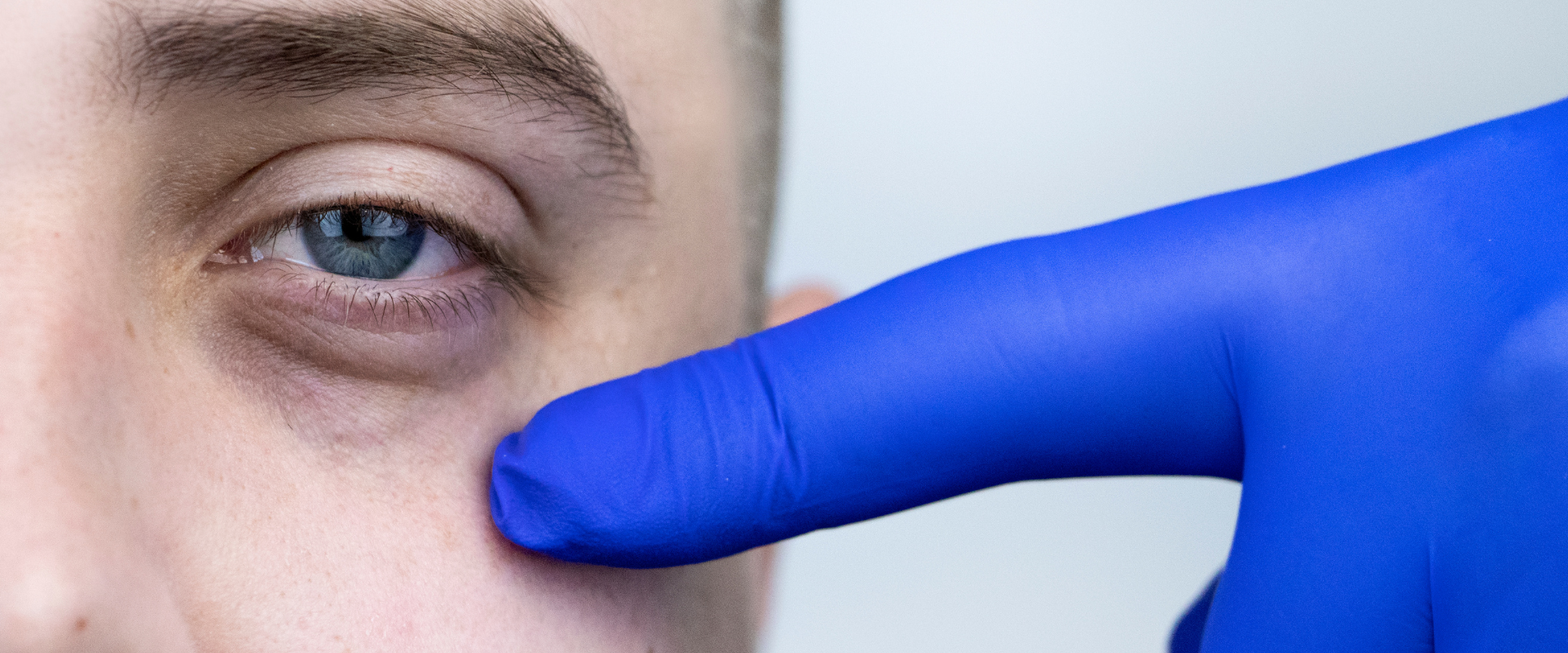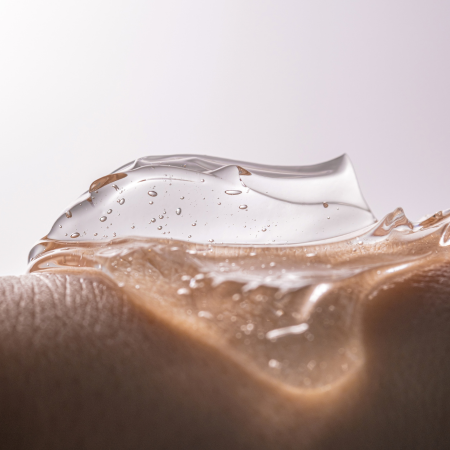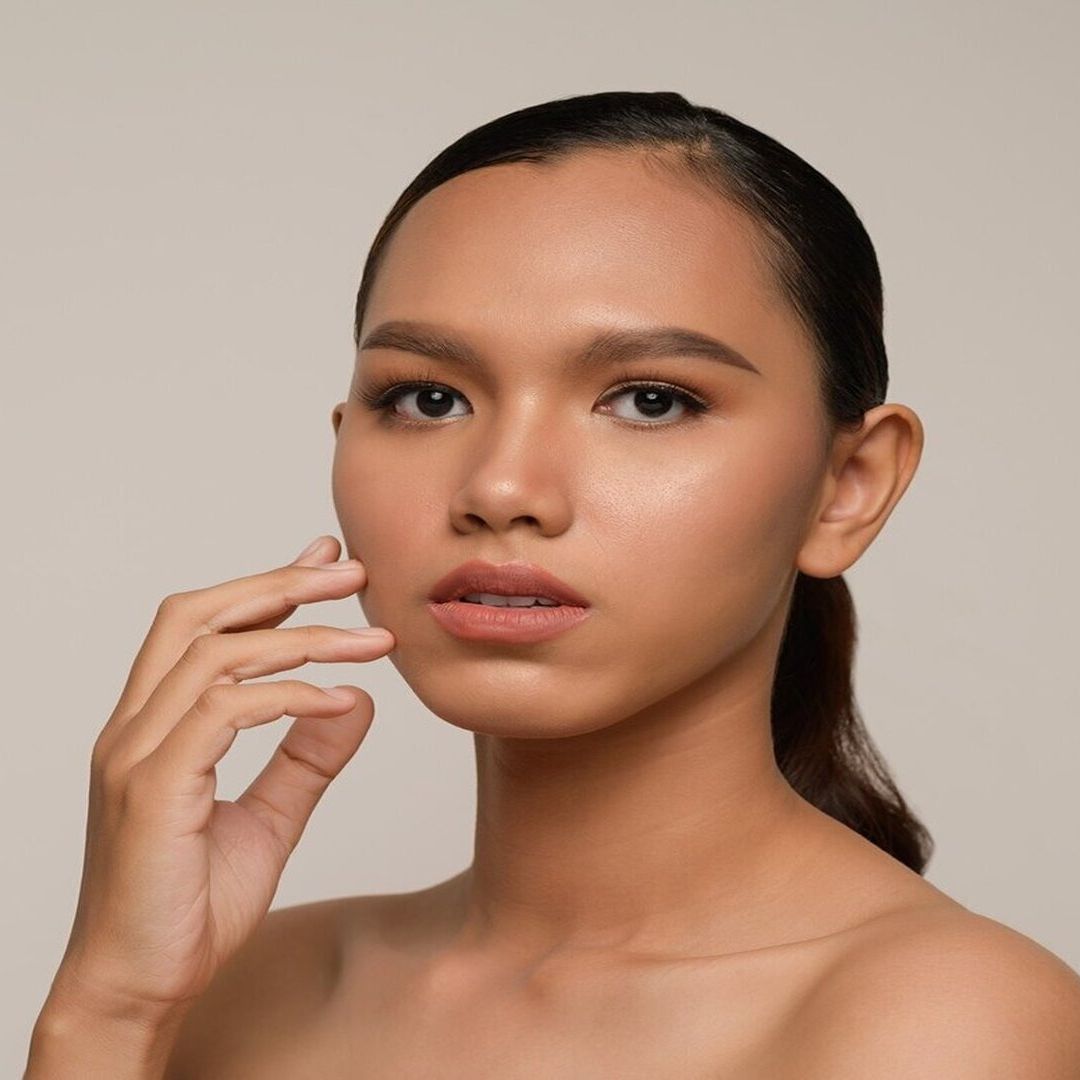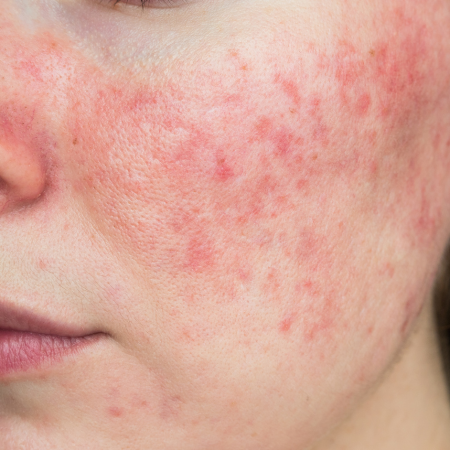PDO Threading for Eye Bags
Eye bags are one of the main features that can make you look tired even when you're well-rested. Whether they've gradually appeared or have been a lifelong companion, getting rid of those pesky, puffy pouches is a heavy task. Among the non-surgical options, PDO threads have become among the most sought after treatments. As we dig further into how these threads can work, we need to address why eye bags occur, and only then can go into what we can do to solve them.
The Anatomy of The Under-eye

It’s really important to understand the anatomy of the undereye area. The skin around the eyes is thin and delicate, making it easily susceptible to aging-related changes. Beneath the skin lies the orbital septum, a membrane responsible for holding the fat pads in place. These fat pads cushion and protect the eyeball. As time passes, the orbital septum becomes weaker and thinner, which can lead to an uneven, bumpy appearance of fat pads and sagging skin. Also, the skin in this area has a lot of blood vessels, which can become more noticeable with age or fluid retention.
Why Do Eye Bags Appear?
- Age: One of the most significant contributors is the natural aging process. As we age, our skin loses collagen and elastin, proteins responsible for its firmness and elasticity. This causes the skin to become less resilient and more prone to sagging, resulting in the formation of wrinkles and eye bags. This topic will come up later as we address how PDO threads can stimulate collagen production underneath the skin.
- Genetics: Genetics play an important role in determining whether you're predisposed to developing eye bags. If your parents or grandparents had them, you're more likely to inherit this trait.
- Fluid Retention: Excess fluid retention in the undereye area can lead to puffiness and swelling, making bags more prominent. Factors like salty foods, hormonal changes, allergies, and inadequate sleep can all contribute to fluid retention.
- Lifestyle Factors: Unhealthy lifestyle choices, such as smoking, excessive alcohol consumption, and poor dietary habits, can accelerate the aging process and contribute to the development of eye bags. Smoking, in particular, narrows blood vessels and reduces blood flow, leading to reduced oxygen and nutrient supply to the skin.
- Sun Exposure: Overexposure to the sun's harmful UV rays can break down collagen and elastin fibers in the skin, resulting in premature aging.
- Stress: Chronic stress can impact the quality of your sleep, which in turn can worsen eye bags. Stress hormones can also lead to inflammation, making the undereye area appear more puffy.
What are PDO Threads?
A quick refresher: A PDO Thread lift is a type of non-surgical procedure designed to lift, tighten, and rejuvenate sagging or aging skin. The key for our case is not to lift, but to rejuvenate the eye bags using the polydioxanone (PDO) material that makes up the threads. Its ability to stimulate the body to generate collagen under the skin has made them known to many as collagen threads.
Although the procedure has seen a growth in popularity recently, it’s far from a new idea. In South Korea, thread lifts are a common treatment for aging and loose skin. We can go back even further as these threads were initially a suture used in surgical procedures for decades, renowned for its ability to dissolve and biodegradability.

PDO Threading for Eye Bags:
This procedure is such a sought after solution for undereye bags for several reasons:
- Non-Surgical Approach: One of the primary advantages is that they offer a non-surgical alternative to traditional eye bag removal surgery (blepharoplasty). This means no incisions, minimal downtime, and reduced risk compared to surgical options.
- Collagen Threads: As mentioned above, these threads are inserted into the undereye area, they create a network of support that improves the skin texture. Additionally, the threads stimulate collagen production, which further improves skin quality over time.
- Customization: Treatments are highly customizable. The threads can be strategically placed to target specific areas of concern, allowing for tailored results that address your particular issues. Customization can range from the amount used to the shape and size of your thread and cannula/needle.
- Quick and Convenient: Procedures are typically quick, often taking less than an hour to complete. Most people can return to their daily activities shortly after the treatment.
- Natural Results: Unlike some surgical procedures that can result in a drastic change in appearance, face threading offers results that look more natural in comparison.
What PDO Threads are used for Eye Bags?
In the case of the undereyes, we won’t be using the traditional heavy lifting barbed threads. Instead, the ones being used are the smooth threads that can offer a collagen boost in the area that they’re placed.
These “collagen threads” come in different sizes, and the technique varies depending on the targeted area and your provider. Some include placing them vertically along the target area, horizontally, or even in a circle for maximum exposure.
How Long Do PDO Threads Last?
The question you’re bound to be wondering is,
how long do PDO threads last? The short and simplified answer is that they generally last for 6 to 8 months. The longer and vague answer is, it really depends on the area targeted, and the amount of threads used. We’ve seen many results last for over a year, with possible improvements to the skin texture for much longer! For a more thorough treatment of this question, see
Longevity of PDO Threading Results: How Long Do They Last?
Should I Get Face Threading for My Eye Bags?
If you’re looking for a
non-surgical, minimally invasive solution for your eye bags, face threading should be in consideration. That’s why it’s so important to do a thorough consultation with a trusted provider, who’s undergone intensive
PDO Thread Training on this procedure.
Interested in PDO Thread Lifting for Eye Bags? You May Also Like:
- Benefits of Eye Thread Lifts: Reducing Under Eye Bags and Sagging Eyelids
Learn how eye thread lifts can effectively address common concerns like under-eye bags and sagging eyelids, offering a minimally invasive solution for a refreshed, youthful appearance. - Non-Invasive Eye Rejuvenation for Dark Circles and Eye Bags
Discover how PDO thread lifts provide a non-surgical approach to reducing dark circles and puffiness, helping to restore a brighter and more rested look. - Eye Thread Lifts for Men: A Solution for Aging Eyes
Explore how men can benefit from eye thread lifts to combat the effects of aging, achieving a natural and rejuvenated look tailored to their unique needs.




